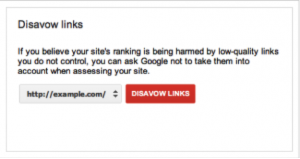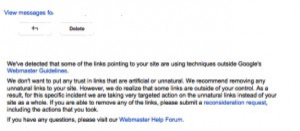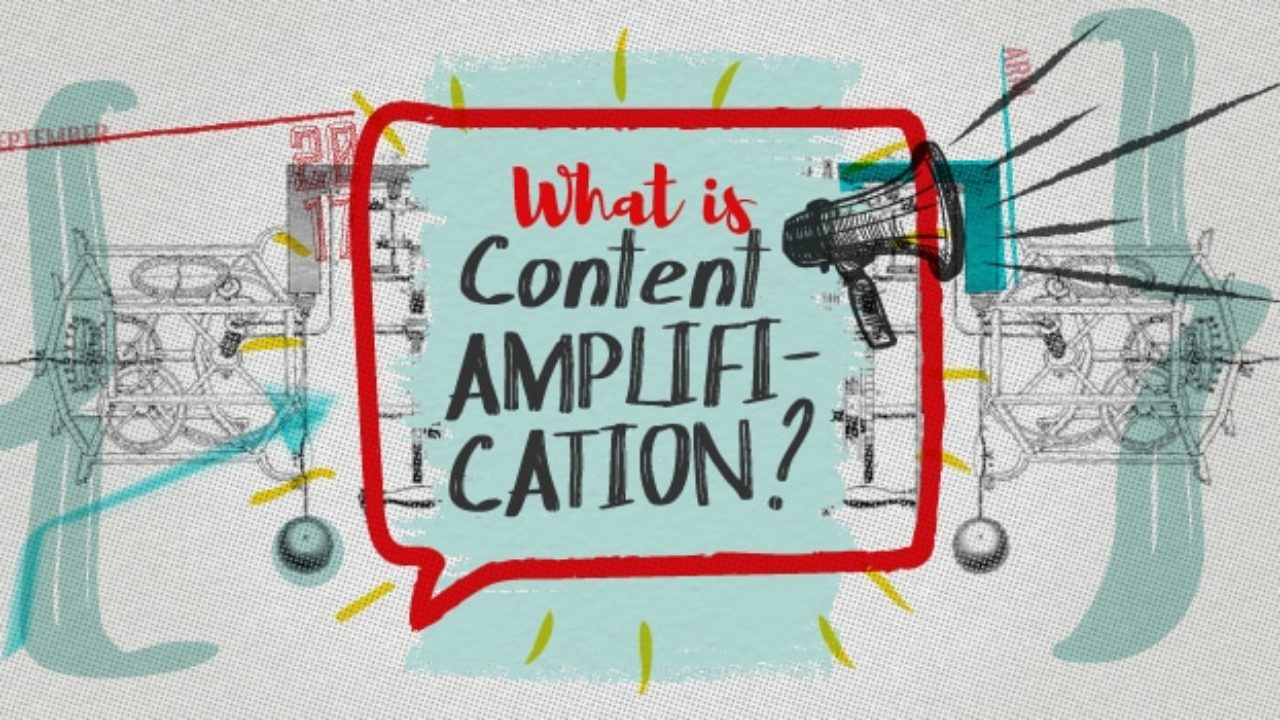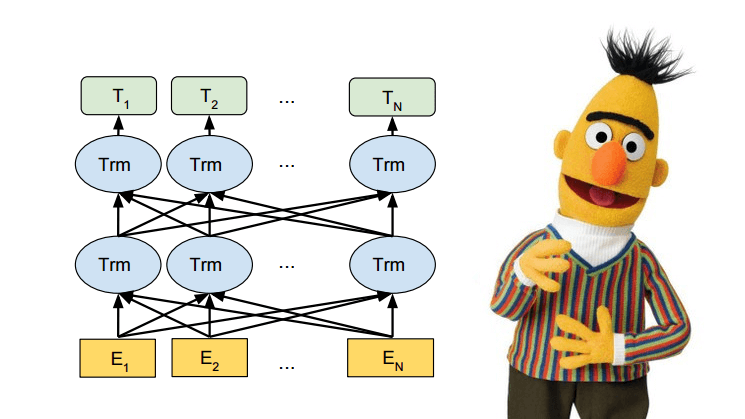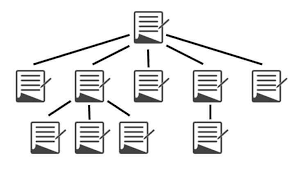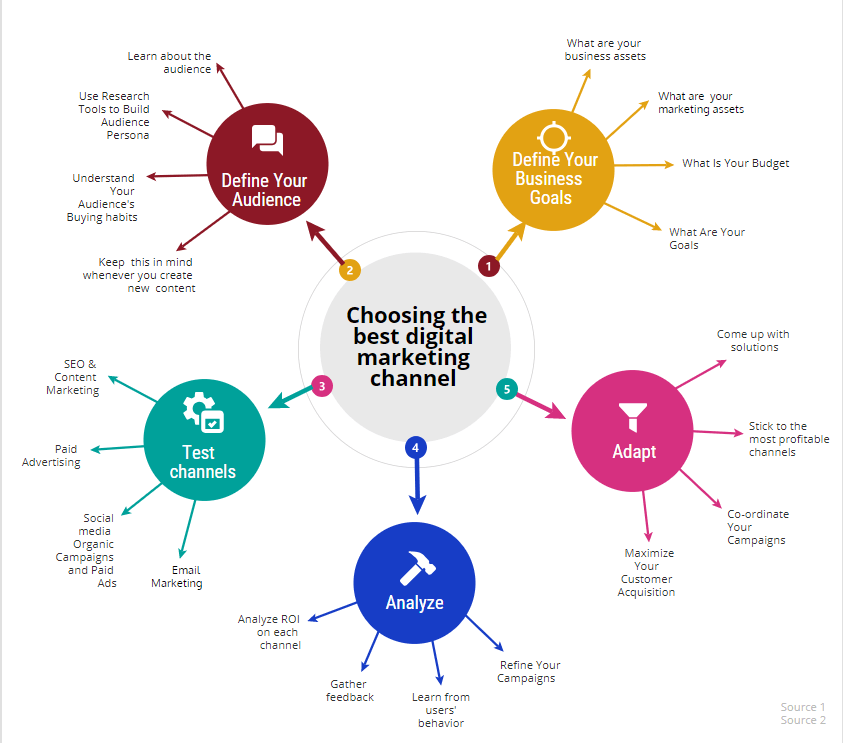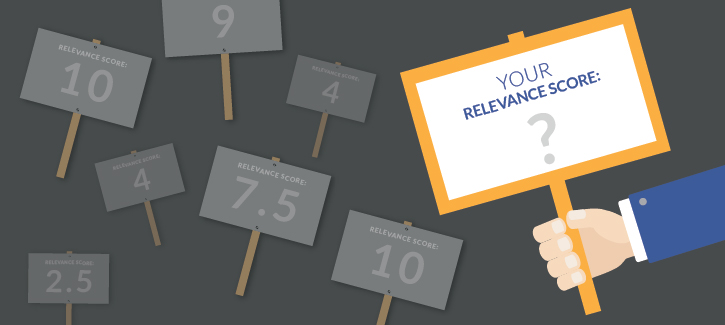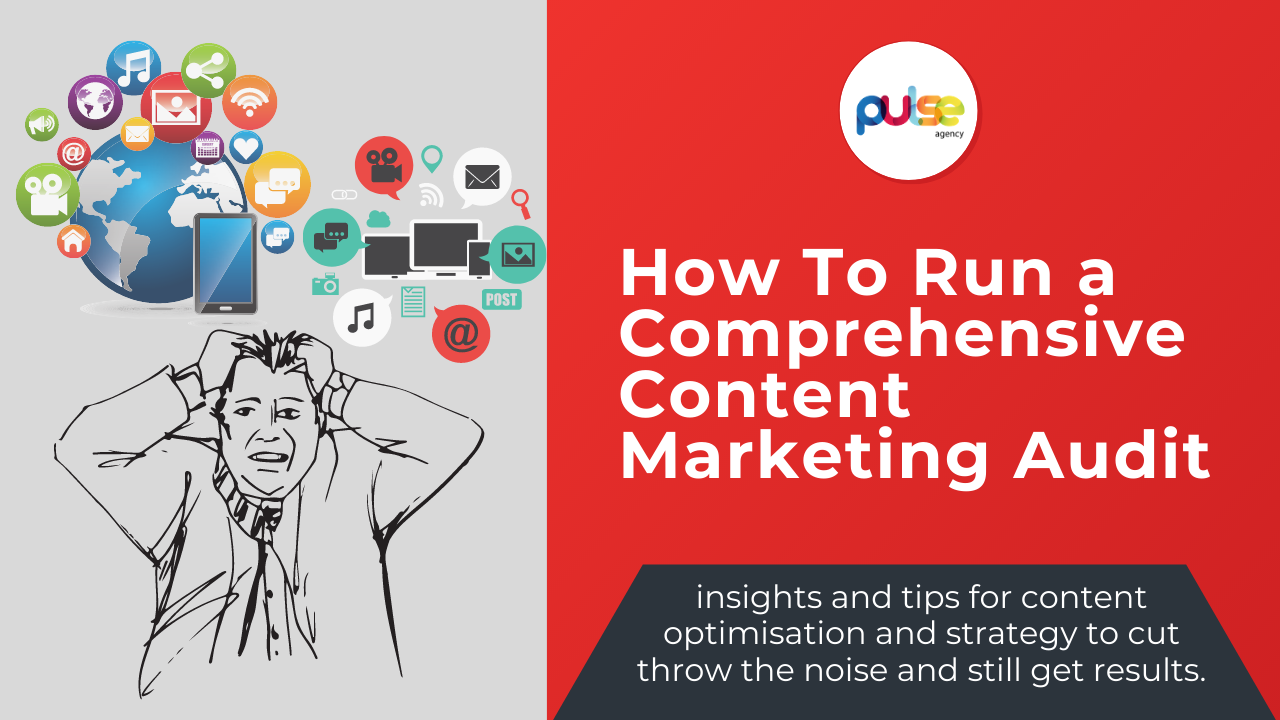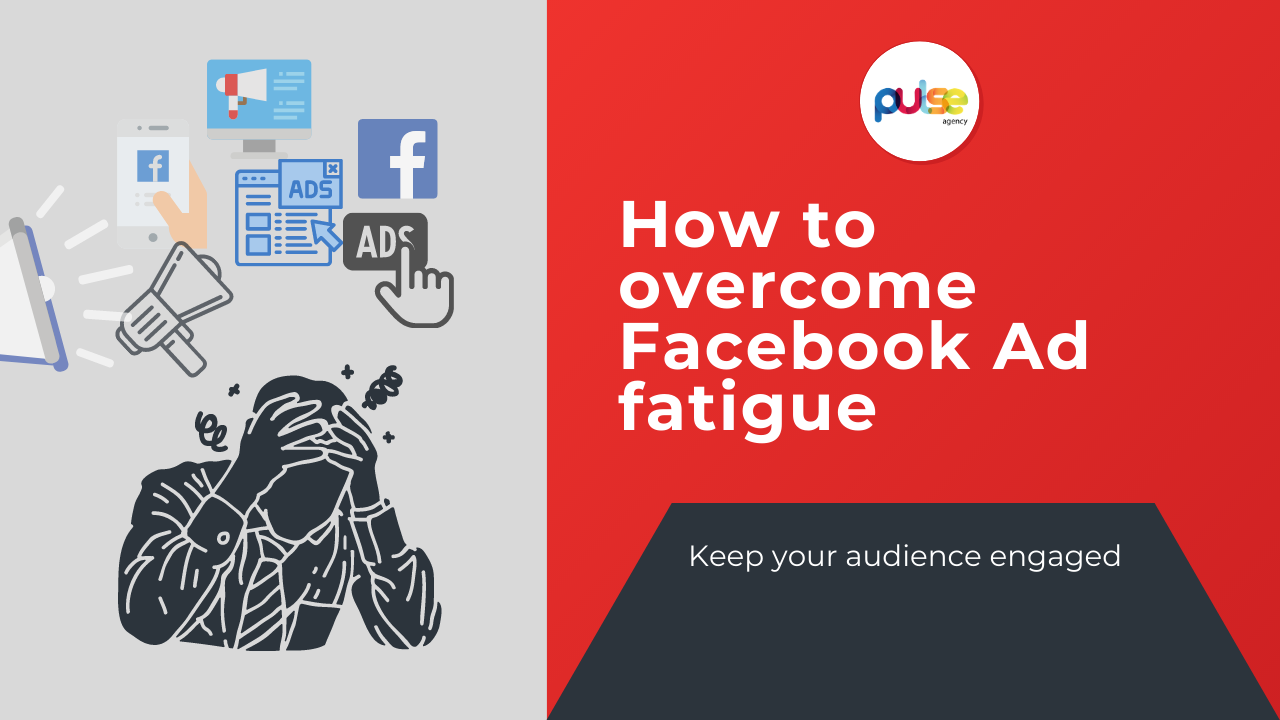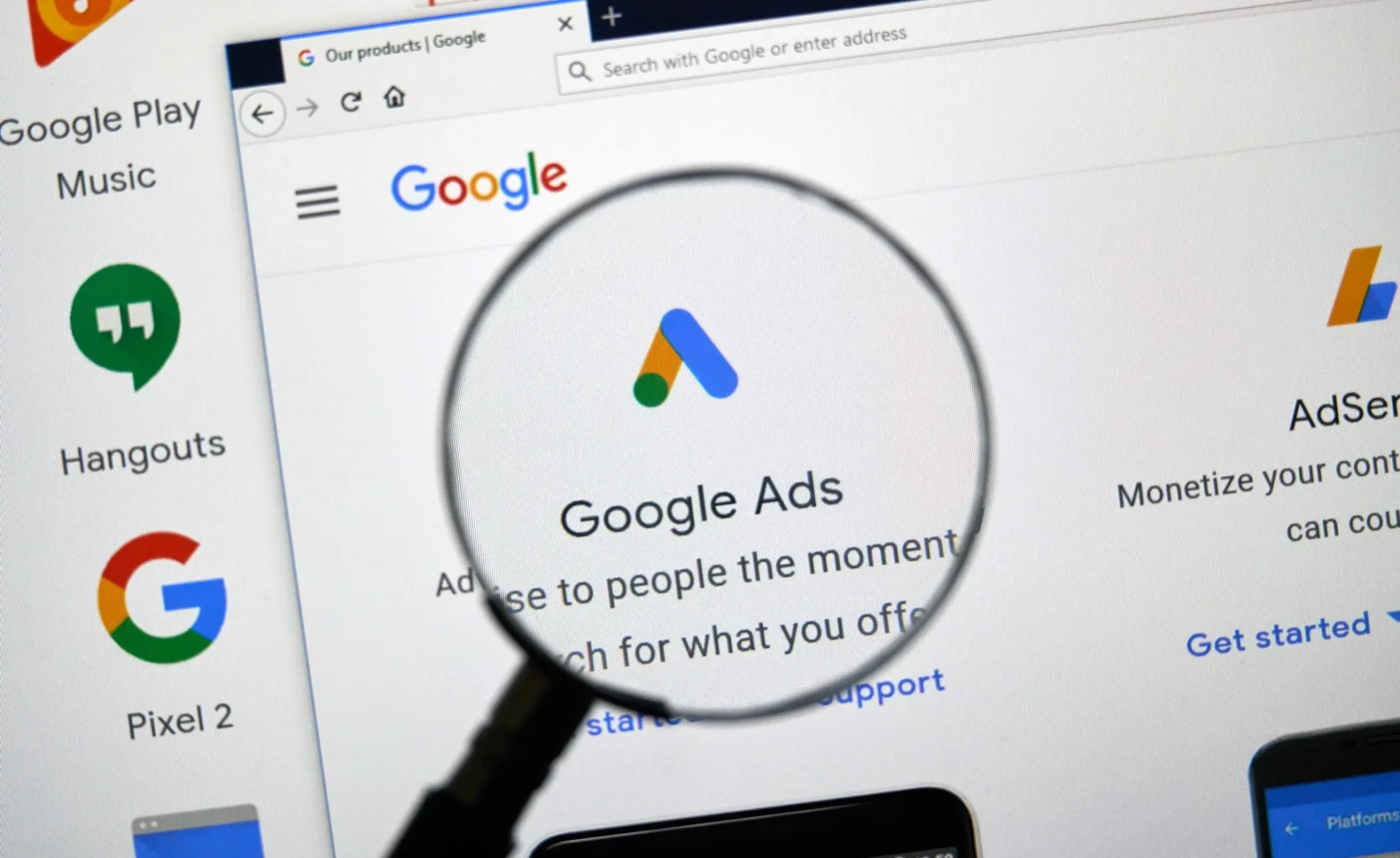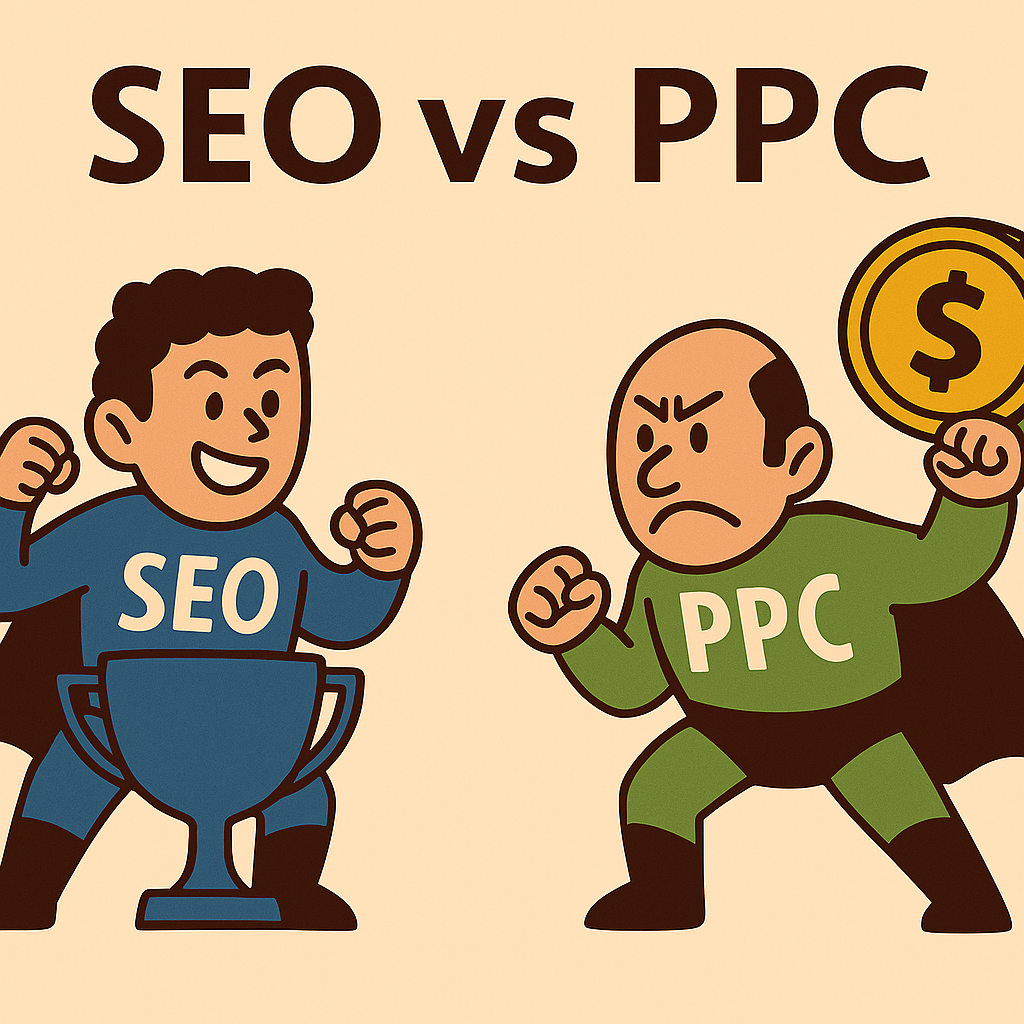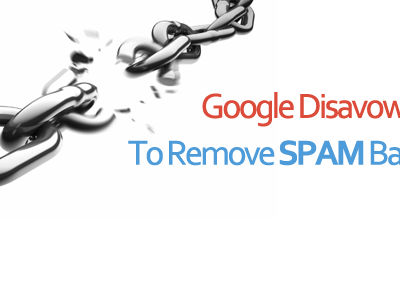
The Google Disavow tool – Are we in charge of our own link profiles?
The Google Disavow Tool: Are We in Charge of Our Link Profiles? Background It all began with Bing. Yes, Bing launched a similar tool around three months ago, causing a stir in the SEO world. Following numerous posts (listed below) and attending various webinars, particularly one from SEO Samurai co-hosted by SEO legend Leslie from […]
Table of Contents
The Google Disavow Tool: Are We in Charge of Our Link Profiles?
Background
It all began with Bing. Yes, Bing launched a similar tool around three months ago, causing a stir in the SEO world. Following numerous posts (listed below) and attending various webinars, particularly one from SEO Samurai co-hosted by SEO legend Leslie from SEO Fast, we have some insights to share.
What is the Disavow Tool?
The Disavow Tool is a feature within the Webmasters platform that allows site owners to disavow or disassociate external links pointing to their websites.
Why Was the Disavow Tool Introduced?
After Google launched the Penguin update on the 24th of April, targeting:
- Aggressive exact-match anchor text
- Overuse of exact-match domains
- Low-quality article marketing and blog spam
- Keyword stuffing in internal and outbound links
The SEO landscape changed dramatically. Link building was a widely used technique, with anchor texts being the most effective and quickest way to improve rankings. However, this approach came under scrutiny as Google realised it was spammy and caused relevant content to be outranked by less valuable content.
Additionally, spamming other domains became increasingly common. Creating low-quality links using automated tools to point to a domain, decreasing its page authority, was considered a strategy. In response, Google empowered website owners to determine which links they want to be associated with and which they don’t.
Considerations
Here are a few considerations regarding the Disavow Tool:
- Google’s Google’s Algorithm: Google’s algorithm is becoming more intelligent every day. With a vast network of over 1 billion computers worldwide and incredible indexation power, Google can recognise pages more accurately. The SEO community questions whether Google wants site owners to admit to creating low-quality links and ask for forgiveness or if it will block them.
- Impact of Disavowing Links: What impact will disavowing low-quality links have? Could the Disavow Tool become the following spamming technique, allowing users to disavow competitors’? We must proceed cautiously, test, and stay updated with community insights.
When to Use the Disavow Tool
Below is a classic post-Penguin Google Webmaster’s blog. In such cases, as the website has been penalised, we suggest using the Disavow Tool.
- Identify Low-Quality Links: Identify the entire link profile, order them by anchor text, and start disavowing the obvious low-quality ones. Then, wait a couple of weeks and test the results.
- No Penalisation Message: If you haven’t received a penalisation message, it means your website hasn’t been penalised. Don’t start disavowing links. Google uses more than 300,000 variables to categorise links, and no single software can tell you 100% if a link is harmful.
Despite the uncertainties, Google’s move is beneficial for webmasters as it allows them to disassociate their websites from low-quality links more efficiently than in the past.
Keeping Updated
Read SEO blogs and news for the latest updates on this issue. Here are some interesting articles about the Google Disavow Tool:


